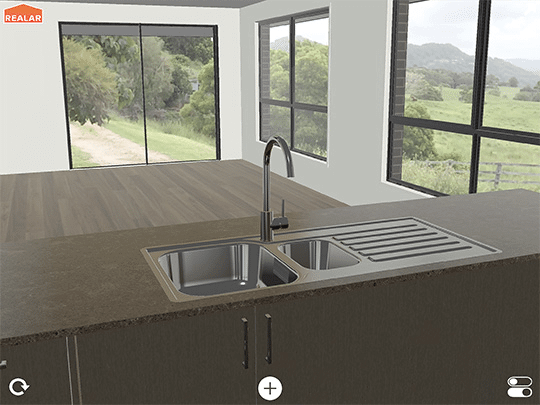
Marketing, Technology
Augmented Reality in Marketing
March 11, 2018
I recently chatted to the team at Realar about augmented reality in marketing was positioned.
Learn More
Is virtual reality marketing the way forward? In short, yes, virtual reality is changing modern marketing, but what exactly is virtual reality? Essentially, it’s an artificial simulation, allowing users to immerse themselves in a different environment. If you think it sounds too much like science fiction and has no place in marketing, read on!
Firstly, we should point out there is a difference between augmented reality and virtual. However, for this discussion, both fall into the category of virtual marketing. Augmented reality burst onto the scene in 2016 with the popular gaming app Pokemon Go. Using the camera on smartphones, people could walk around and find various Pokemon augmented into their real-world view. It was a monster hit in gaming terms and opened the world up to a new range of possibilities for virtual marketing.
However, true virtual reality actually replaces everything that people see, usually by wearing a headset. It’s a fully immersive experience where the user’s whole environment is simulated. Augmented reality adds elements to real environments.
Virtual reality marketing adds another layer of emotional connection. That’s one of the major reasons it’s so effective. When people read written content or view video content, they connect to it somewhat. But it’s nothing like being able to interact with a product or brand through a virtual experience.
For example, one of the biggest brands to adopt virtual and augmented reality technology early on was furniture giant Ikea. Through their Ikea Place phone app, users can have the perfect “try before you buy” experience. Like the augmented reality technology used in Pokemon Go, users can put digital images of Ikea products into their homes using the phone’s camera. So, customers can check the item size, colour and style to make sure it really fits the room
The ability to see how a product looks or works before wasting time going to the store is a huge advantage for retailers. But it’s not just for those larger items like furniture. Virtual reality marketing takes online shopping to a whole new level.
For example, cosmetic retailer Sephora created a ‘Virtual Artist’ app, allowing users to see how different products would look on their own face. Sure beats wasting money on a product you don’t like or using shared samples in-store, especially considering the Covid and post-Covid world we’re moving into. L’Oreal has done the same, along with many other cosmetics brand following suit.
If furniture and makeup retailers see the benefits of Virtual reality marketing, the fashion industry would naturally come to the party. Gucci added a VR feature to their own app when launching a new collection of sneakers. Users can point their phone camera at their feet and see how different pairs of shoes look in real life.
Aside from retail, one of the biggest industries that can benefit from virtual reality marketing is tourism. It’s always difficult to know exactly what you’re going to get on holidays, so why not check out a sample first?
Destination British Columbia implemented a virtual reality marketing campaign to let users explore the wilderness in the region. Again, this goes back to making a connection. Rather than just read about the area, or watch a video, users can fully immerse themselves in the experience with a virtual tour.
As you can see, all industries are taking advantage of VR and AR technology. Like any new marketing technique, VR marketing presents an opportunity for companies to adopt early, perfect their techniques and get ahead of the game.
Contact us if you’d like to discuss our unique outsourced marketing or outsourced marketing services.

Marketing, Technology
I recently chatted to the team at Realar about augmented reality in marketing was positioned.
Learn More
Content, SEO, Social Media, Videos
A solid content marketing strategy is one of the most important ways a business can grow. It can help you communicate your brand identity, attract interest from prospects, and continually engage your market. It also establishes your authority in your industry to build trust. However, the evolution of content marketing means that achieving these outcomes […]
Learn More
Content, Design, How to Guides, Marketing, SEO, Strategy, Web Development
We’ve gathered Cemoh’s very own lead strategists to share their tips in this no-nonsense guide for marketers of all experience levels. We’ll go over the purpose of a website and the traits of a great website to begin producing a scope document. Above all, writing a website scope document allows you to learn a lot […]
Learn More